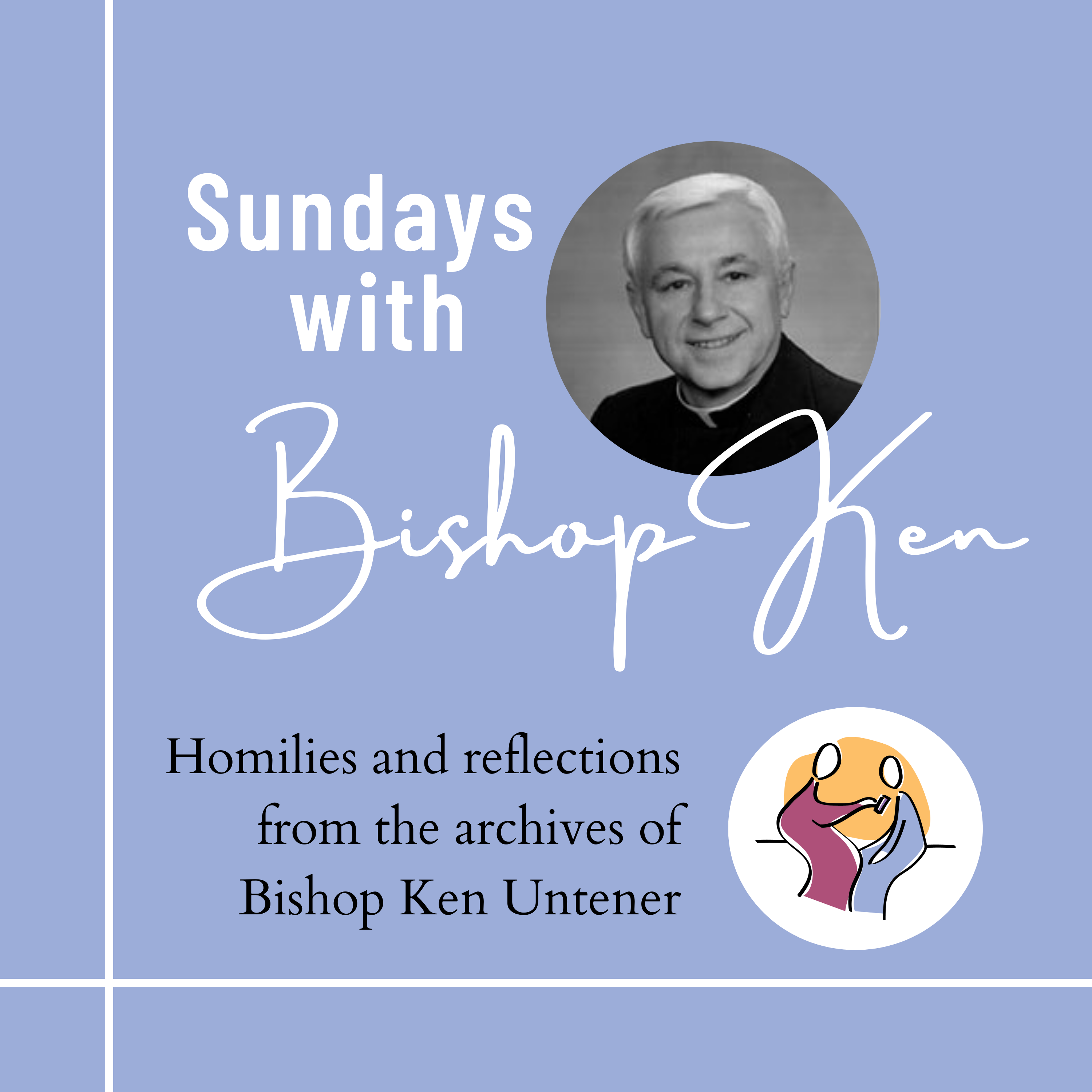Episode Transcript
[00:00:04] Speaker A: Welcome to Sundays with Bishop Ken, a weekly podcast brought to you by the publishers of little books of the Diocese of Saginaw.
This Lent, we use our Sundays to learn more about the parts of the mass and their significance to our faith, life and journey.
Please subscribe to the Little Books app for all of the Daily Black Book reflections for Lent.
Find it on your favorite app platform.
We are pleased to spend this quiet time with you today.
[00:01:02] Speaker B: Good day. It's good you're here. Welcome to this feast of St. Patrick. Today is March 17, and it's fitting that we begin with the blessing of beer.
In the Middle Ages, beer, which is made from cereal grains, was one of the safest, most nutritious everyday drinks for northern europeans.
[00:01:31] Speaker C: Since grapes didn't grow in the colder.
[00:01:34] Speaker B: Climate and water was often highly polluted, occasionally a batch would go bad and people would blame the devil for the problem.
To keep the demon away, brewers would place religious statues in their brew house and ask a local priest to bless a new batch.
Bach beer is a darker, stronger beer which began in northern Germany. It is brewed in the fall, aged through the winter, and served in early spring. Beer festivals traditionally begin on St. Joseph's Day, March 19, and often included the blessing of the new beer.
Many monasteries brewed their own beer.
[00:02:16] Speaker C: It was a staple of the monk's.
[00:02:18] Speaker B: Diet because of its nutritious qualities. They called it liquid bread.
This was true especially during the Lenten fast, which restricted solid food.
Since monasteries often served as inns for travelers, monks sold their beer as a means of support.
Some beers still bear the name of the monastery.
There is one legend that St. Bridget of Ireland turned water into beer after discovering they had run out at the leper colony where she was ministering. She changed the water into beer and gave it to all who were thirsty.
[00:03:01] Speaker C: Today, the fifth Sunday of Lent, we.
[00:03:04] Speaker B: Continue in our practice of praying with the mass.
[00:03:08] Speaker C: Today we look at the communion rite.
When we come to receive Holy Communion, the ministers of Christ's body and blood say to each of us, the body of Christ, the blood of Christ.
And I say amen to each.
Those are the biggest amens I'll ever say.
We're not simply saying amen to the real presence of Jesus in the Eucharist. We're saying amen to receiving the Lord into our lives.
Not someday when we've got everything worked out, but here and now.
In effect, we say, Lord, I'm not perfect and I don't have all the answers, but I do believe in you, and I accept you into my life. Here and now, the cup has particular meaning. In Gethsemane, Jesus prayed, Father, if you're willing, take this cup away from me.
The cup of suffering wasn't taken away, but by accepting it, Jesus found the path to life.
When I stand before the cup and say amen, I'm saying, Lord, I accept as you did. Whatever sufferings cannot be taken away.
I trust, as you trusted, that God will somehow make this something good. And I trust that if you are with me, I can do it.
Think about those two amens.
Spend some time on each and the next time you receive holy communion, say them with a conviction that comes from way down deep inside.
[00:05:23] Speaker A: Thank you for sharing some quiet time with the Lord today.
Please consider supporting this podcast by clicking the donate link.
For more information and other prayer resources, go to littlebooks.org.
May your day be blessed.


